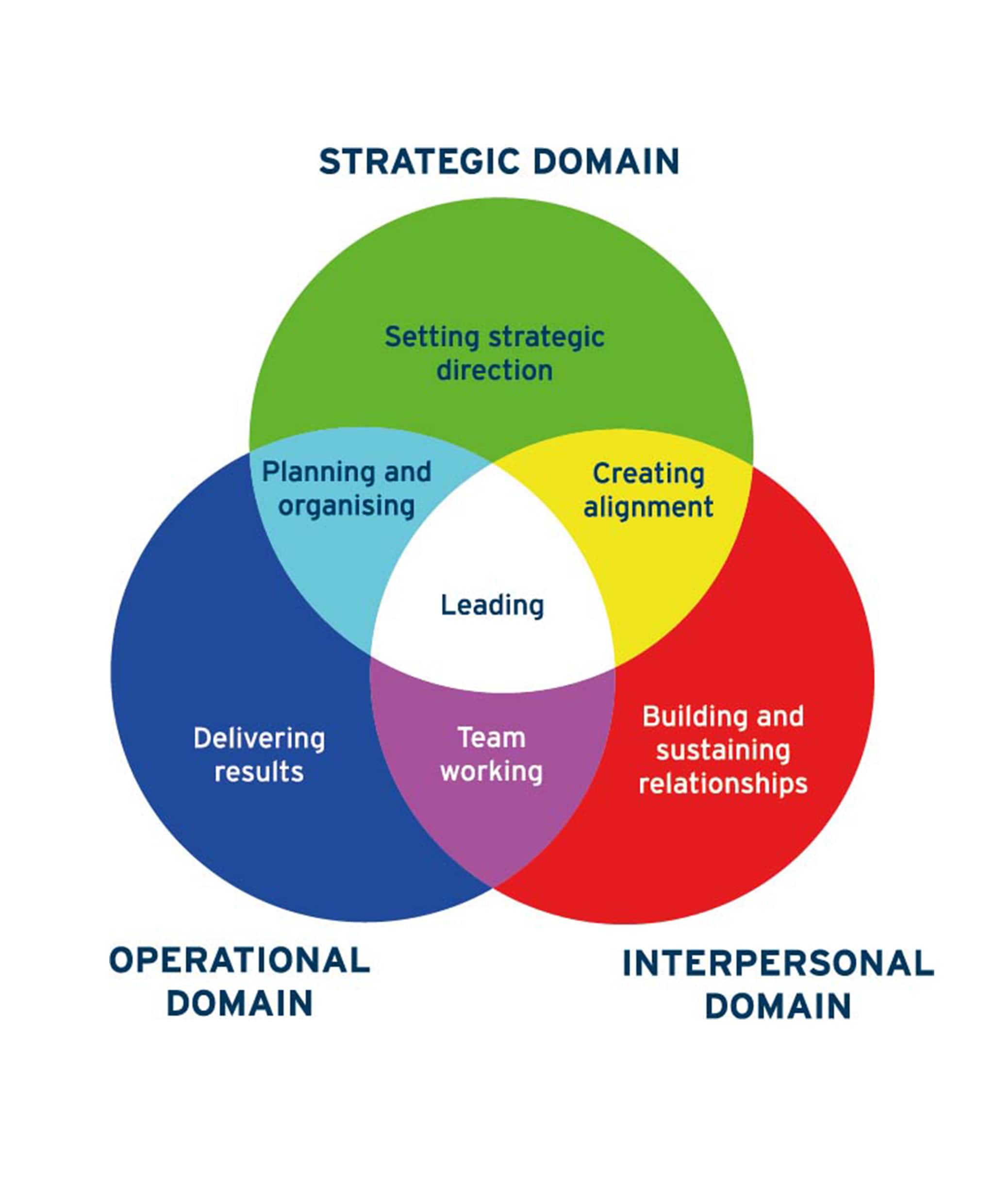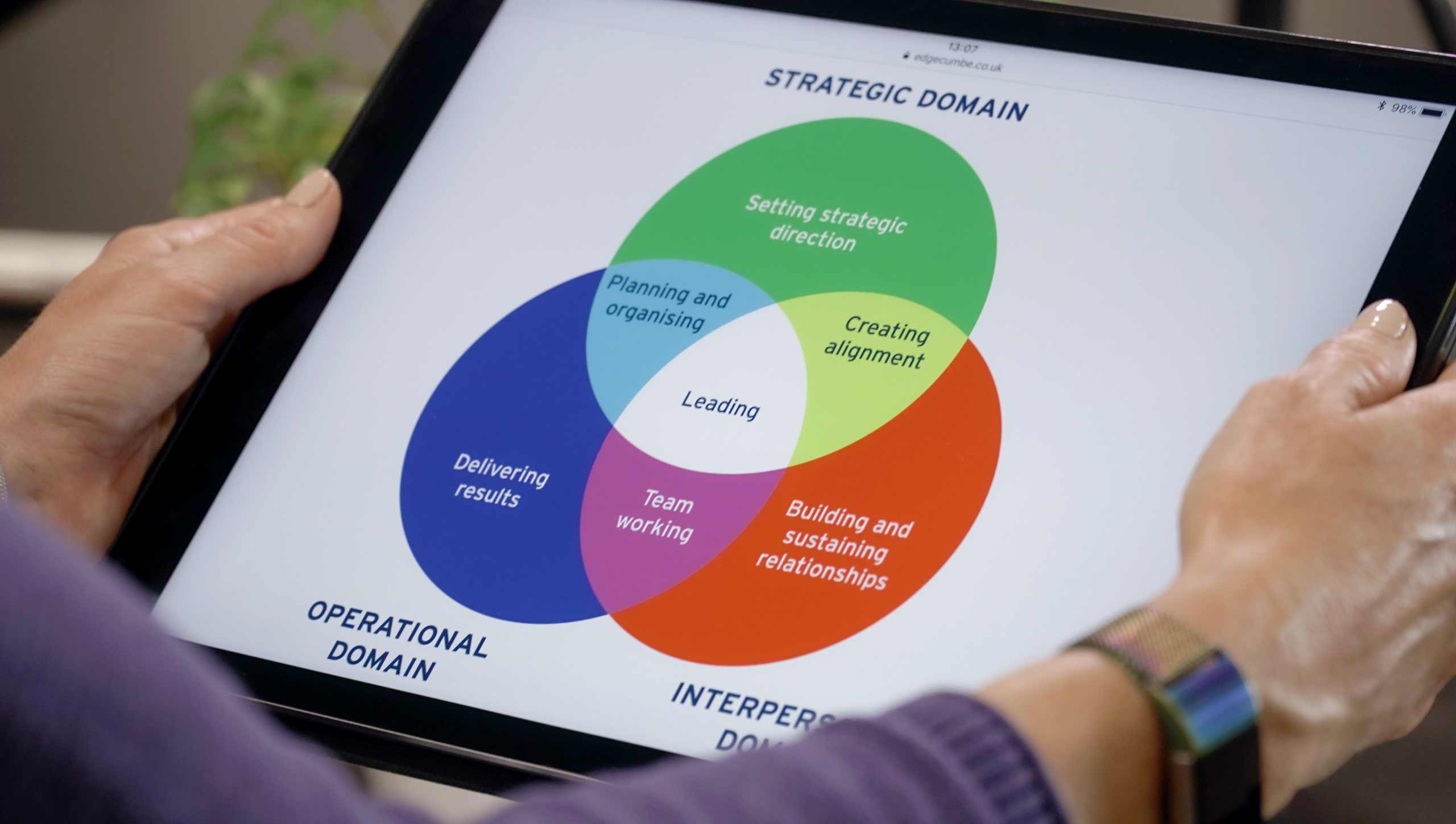If you currently manage, lead or work with a multi-cultural group of people with different beliefs, values and customs – this blog is for you!
In an earlier article we discussed why there is no ‘correct’ leadership style for success and outlined how leaders who play to their strengths are more likely to be seen as effective. In this blog, we will talk about the cultural influences on leadership styles; how different cultural contexts bring different aspects of the leadership repertoire into focus.
Leadership 360 feedback – different countries and cultures
When conducting analyses on different leadership 360-degree feedback data, we have repeatedly found that traits and behaviours which are highly regarded in one setting are not necessarily perceived positively in another.
Globalisation, digitalisation and free movement of people has made the world a much smaller place. We are fortunate enough to work with people with different cultures, beliefs, values and backgrounds. Consequently, cultural awareness and the ability to adapt your leadership style to the context is becoming an essential leadership requirement.
Let’s take a look at some of the cultural differences reported in external research across countries and cultures:
Content of communication
In some Asian cultures, there is a preference for a more task-oriented style, where leaders are expected to be more diplomatic and communicate in a concise and direct manner about what needs to be done. On the other hand, in some Western cultures (i.e. USA, Britain or Netherlands), a more person-focused communication style is appreciated, with an emphasis on constructive and empathetic feedback.
Emotional style
An expressive, assertive and emotional style is valued in the USA and some western cultures, whereas in Japan, China and other parts of Asia, leaders are expected to wear a “social mask”. Displaying emotions like frustration, anger or excitement may be seen as indicating a lack of self-control. As an example of this contrast, compare the public emotional display between China’s president Xi Jinping and USA’s president Donald Trump.
Our experience in leadership assessment and development suggests that leaders in a country with Western influences are more likely to be rated as effective if they adopt an enabling and relationship-oriented leadership style (leaning towards the right hand side of our Primary Colours® Model of Leadership, shown below), whereas a leader in a country with Eastern and Asian influences is more likely to be rated as effective if they adopt a more task-oriented and operationally-focused style (leaning towards the left hand side of our model).
Primary Colours® Model of Leadership
Take home message
Different people have different ideas of what effective leadership looks like. Being culturally aware and developing the ability to adjust your leadership style to fit context and expectations of those around you is an increasingly important ingredient for success. At the same time, as we noted in our previous blog, playing to your strengths seems to be important, so how can leaders resolve this conundrum?
Talk to Edgecumbe about your leadership challenge
Having worked in leadership assessment and development all around the world we understand the challenges cultural differences can create, and how personality plays a part in how effectively an individual leader might adapt.






















